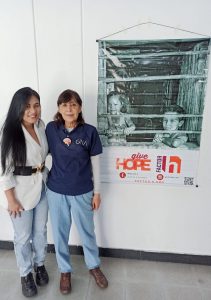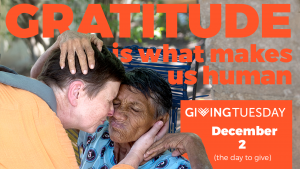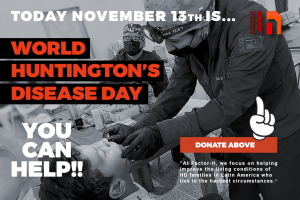In spite of the fact that the regions flanking Lake Maracaibo in Venezuela, the Caribbean Coast of Colombia and the province of Cañete, in Perú, have the highest incidence of HD in the world does not mean we know how many people are affected or at risk. The work conducted by Nancy Wexler and team in Venezuela ended years ago, and today we do not know the exact number of people with the disease or at-risk. Other than informal accounts, the magnitude of the problem today is unknown.
In Colombia, the area we focus on spans several departments (states) within Colombia, and most of the families we have identified live in rural areas, with poor communication with cities, and little access to specialized centers. A handful of academic manuscripts have been published, mostly about the symptoms of families located in Juan de Acosta and neighboring towns, close to the large city of Barranquilla. Aside from these papers, nothing is known about the numbers of people affected or at-risk. Since we started working there, we have identified dozens of new families, and hundreds of people at-risk, most of whom were unknown to the local and medical authorities. Families hide the disease away and do not get counted in official documents. The local association in Juan de Acosta and the national organization based in Colombia have lists of patients and families, but these are largely outdated, and no formalized process was ever conducted to verify the information nor to account for the numbers of individuals at-risk.
In Peru, in spite of the excellent work conducted by the local Neurogenetics Institute in Lima, the same happens. An initial publication to describe the prevalence (usually in the 1990s), medical records for the individuals who happen to arrive at a medical center, and nothing else.
One of the goals of Factor-H is to identify as many families affected with HD as possible. Identifying families is the first and necessary step to get them help. We can refer them to neurology centers, schedule visits so that proper diagnosis can be confirmed either genetically or via a neurologist with a movement disorder background; we can also ensure their paperwork is in place, so they can apply for benefits when needed. And we can educate them about HD, and better direct our efforts. Because of stigma, lack of resources, and in many instances geographical distance from large centers, we believe most families affected with HD are not identified nor accounted for in national census projects.
In 2020, Factor-H generated web- and phone-based applications to generate electronic databases of the families in these regions. The databases contain information not only about whether an affected patient has been identified, but tracks all family members, including children, at-risk for the disease. besides gathering health-related information, we collect socio-economic information about the family, and document their living conditions, so we can properly channel aid. Do they have running water? How much income do they generate?
Currently, on-the ground surveys are being conducted by our teams of social workers and other professionals, in the Caribbean Coast of Colombia and Zulia State, Venezuela. The process will be arduous but necessary. Our teams will go house by house evaluating the numbers and conditions of affected patients and at-risk relatives, which will form the basis of a renewed, prioritized, effort to channel aid to where is needed most. The development of the app in Colombia was funded by a grant from Celgene (now part of BMS). Collaborating systems engineers worked to generate the applications, which also contain regional information on geographical location, and insurance company details specific for each country.
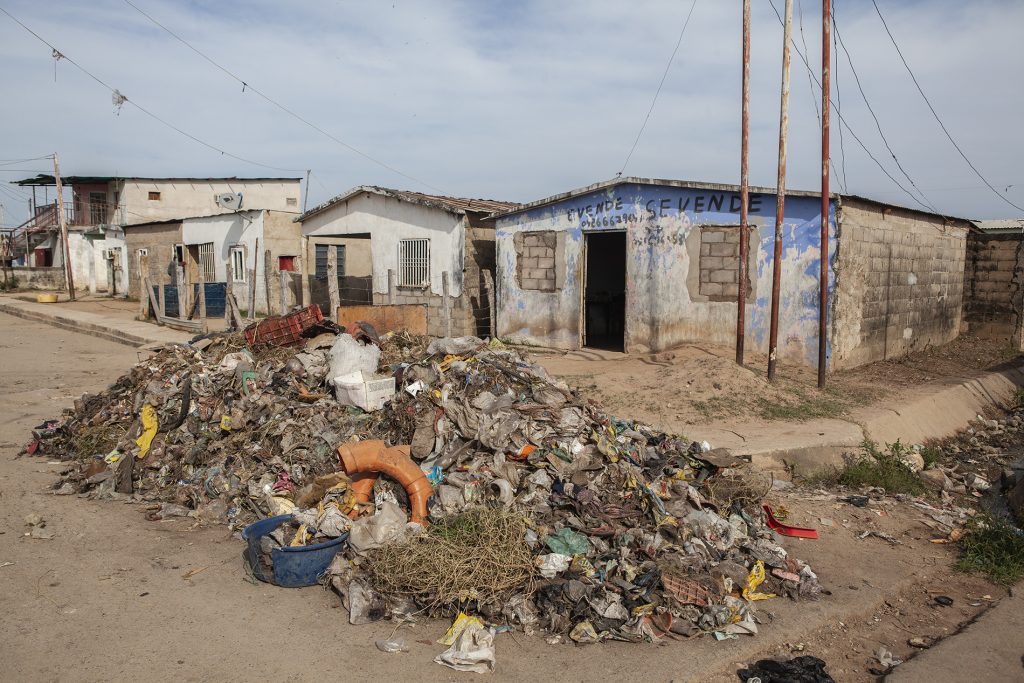
Zulia State, Venezuela
We need to survey thousands of homes in each area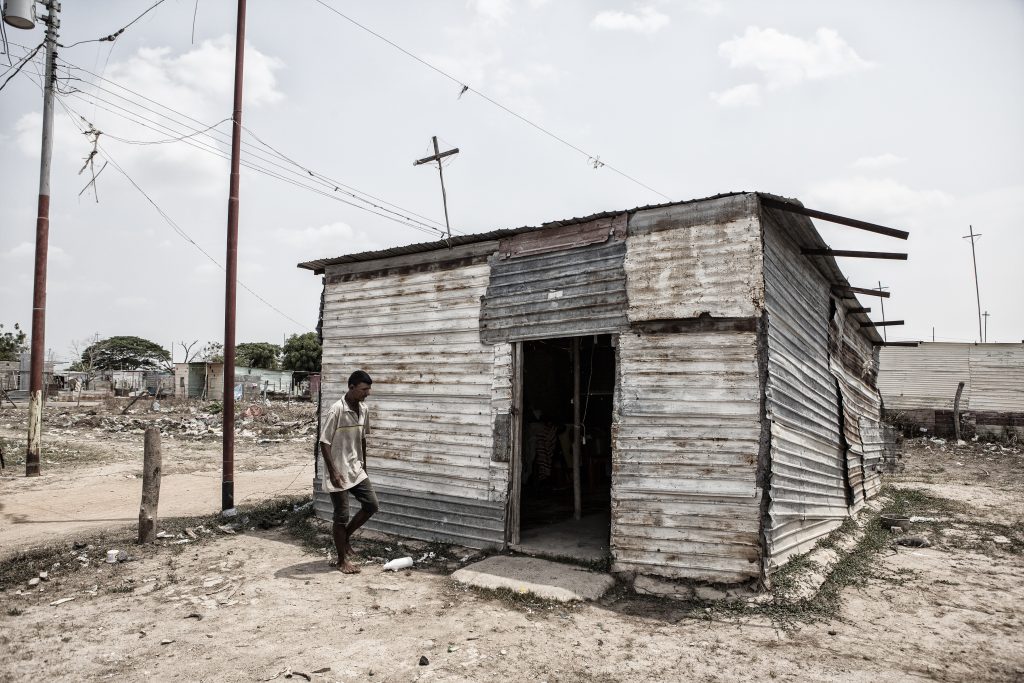
Barranquitas, Venezuela
Most families live in tin hats with no infrastructure
San Luis, Venezuela.
The number of at-risk kids is likely in the thousands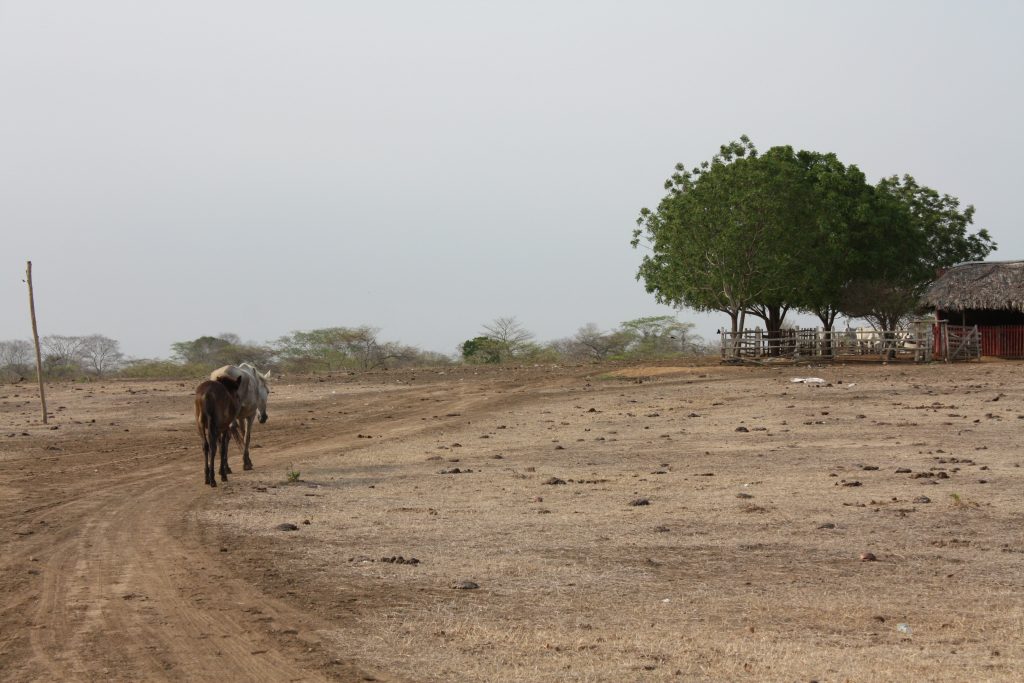
San Angel, Colombia.
Most families live isolated in hard to reach areas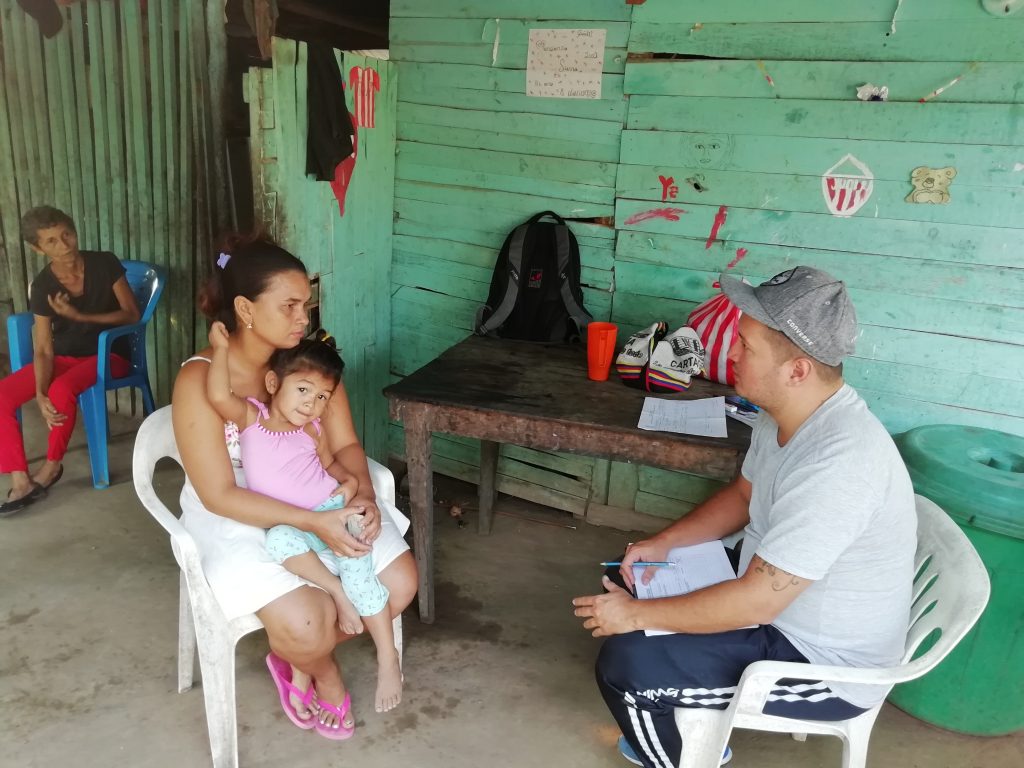
Our social workers identify and survey
the conditions of the families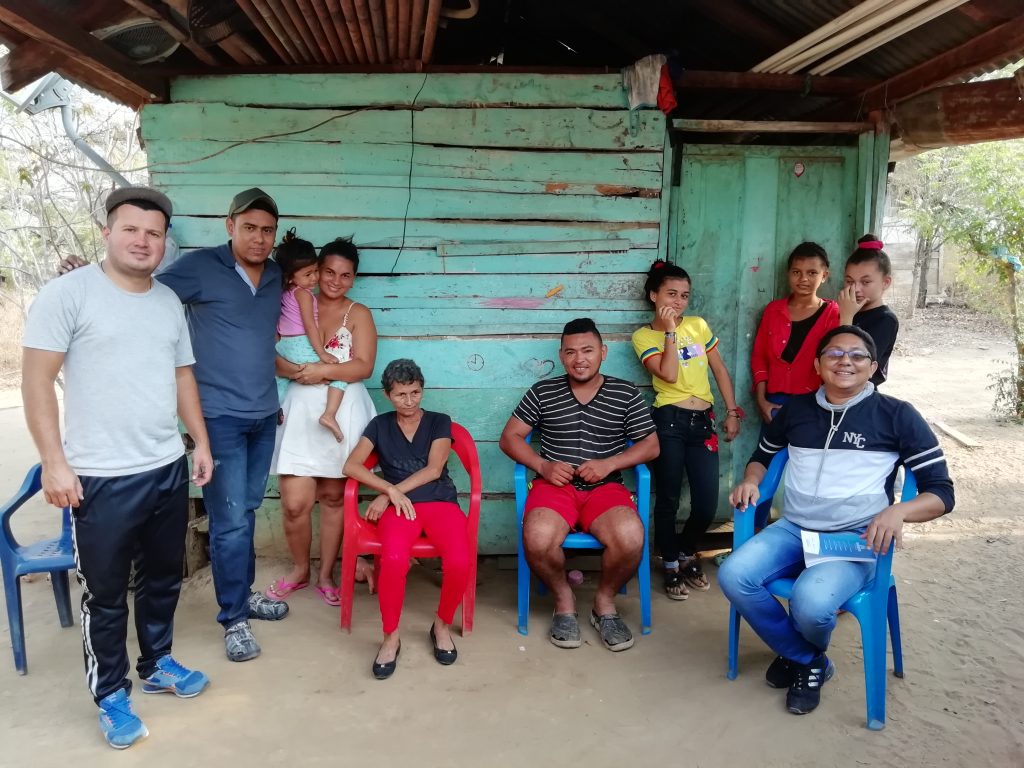
Getting the whole family unit is hard but necessary 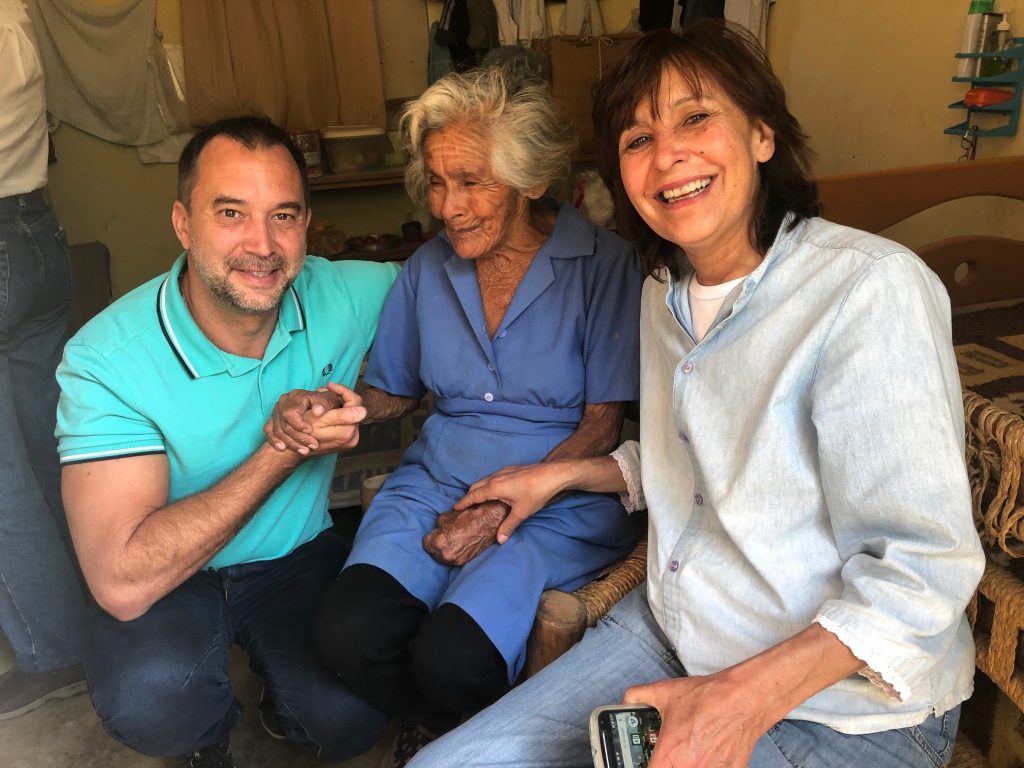
Sometimes, like in this pic in Cañete, Peru, we find people with HD in their 70s and 80s, living alone


